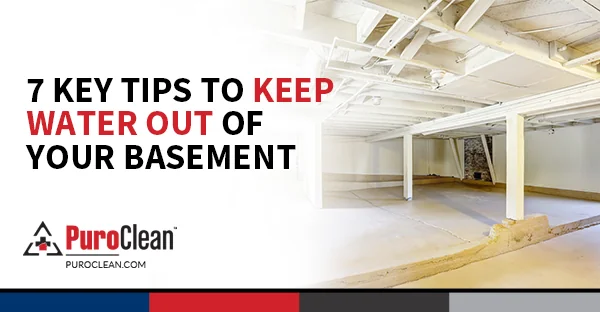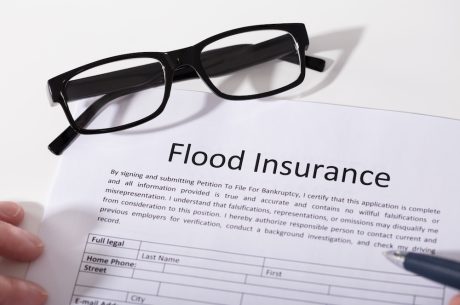 Water entering your basement due to drainage problems, flash floods, appliance failures or other reasons can cause severe damage to your home. It’s crucial to address the issue promptly to prevent long-term harm and costly repairs.
Water entering your basement due to drainage problems, flash floods, appliance failures or other reasons can cause severe damage to your home. It’s crucial to address the issue promptly to prevent long-term harm and costly repairs.
Table of Contents
How To Avoid Flooding

1. Clean rain gutters.
Blocked gutters may cause roof water to pour directly into your home’s foundation, increasing the risk of basement flooding. Remove any debris, such as leaves or branches from the gutters and check the gutters for loose particles if you have asphalt roofing. Tighten any loose gutter straps and spout extensions. If there is gunk in the downspouts, clean them by pouring water into the downspouts with a garden hose.
2. Extend downspouts.
To protect your basement from excess water, downspouts should extend at least five feet away from your house. This can be achieved by adding plastic or metal extensions to the downspouts. Alternatively, consider having an underground drainpipe installed. This system can send gutter run-off away from your house.
3. Slope the ground away from your foundation.
Make sure that the ground next to your foundation slopes away from the foundation to divert rainwater away from your home. The “crown” of dirt around your house should slope at least six inches over the first 10 feet in all directions.
4. Seal gaps in the basement.
Water may leak into your basement through gaps or cracks around plumbing pipes or cracks in concrete walls. Seal these gaps with polyurethane caulk or hydraulic cement. However, if water comes through the floor, sealing gaps won’t do the trick and you need to fix the groundwater problem.
5. Install a French drain.
For serious water problems, install a curtain drain such as a French drain. This type of drainage system consists of a series of underground pipes that diverts water away from your home’s foundation.
6. Waterproof interior basement walls.
Condensation that forms on basement walls may be prevented by applying sealant on the walls. You can waterproof basement walls with concrete coatings, silicate-based concrete sealers, waterproofing paint or plastic sheets or panels. Alternatively, waterproof exterior walls of the basement to fix gaps in the foundation, although it’s a costly job that requires excavating around the house.
7. Install a sump pump.
These devices provide protection against flooding by pumping out water that has accumulated in the sump basin. When the water level in the basement floor rises, the sump pump will automatically discharge the water outside your house. Learn how to choose a sump pump here and how to test a sump pump in this article.
Call the Professionals
In case your basement has flooded, call a water damage contractor immediately. To avoid safety hazards, don’t enter the basement and make sure to not make direct contact with floodwater.
Additionally, it’s crucial to turn off any electrical appliances and utilities that might be affected by flooding. Avoid using electrical devices while standing on wet surfaces to prevent the risk of electrocution. Document the damage with photos or videos for insurance purposes and keep any receipts for repair and remediation services.
Once the professionals arrive, they will assess the situation and begin the process of water extraction and drying. They will also check for structural damage and potential mold growth, ensuring that your home is safe and habitable once again. Remember, acting swiftly can significantly reduce the long-term impact of water damage on your property.
For flooding damage repair and mold remediation service, contact your local PuroClean office.


